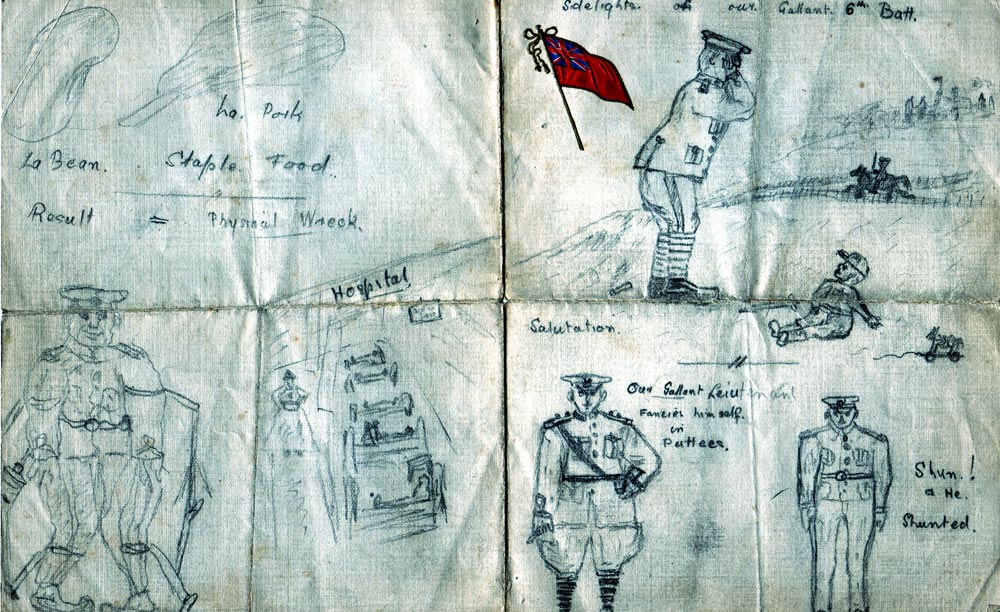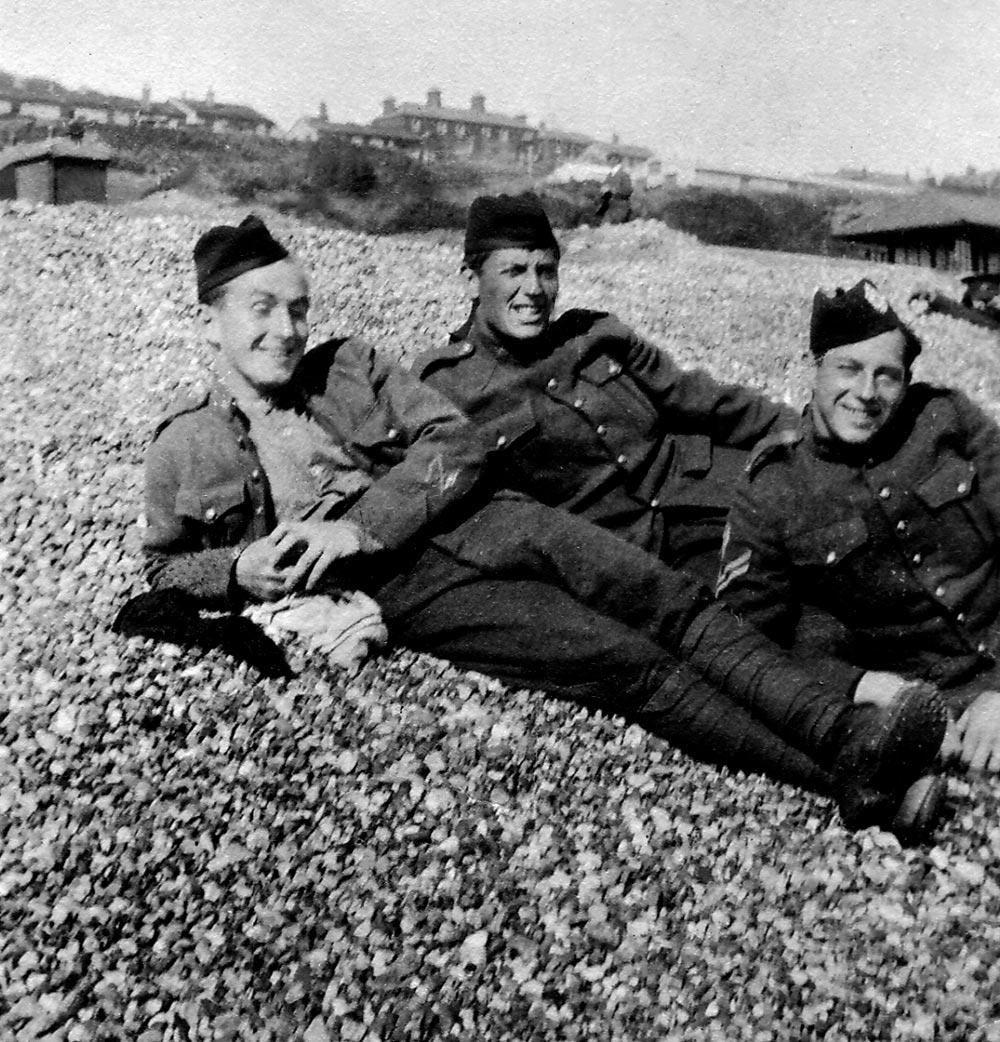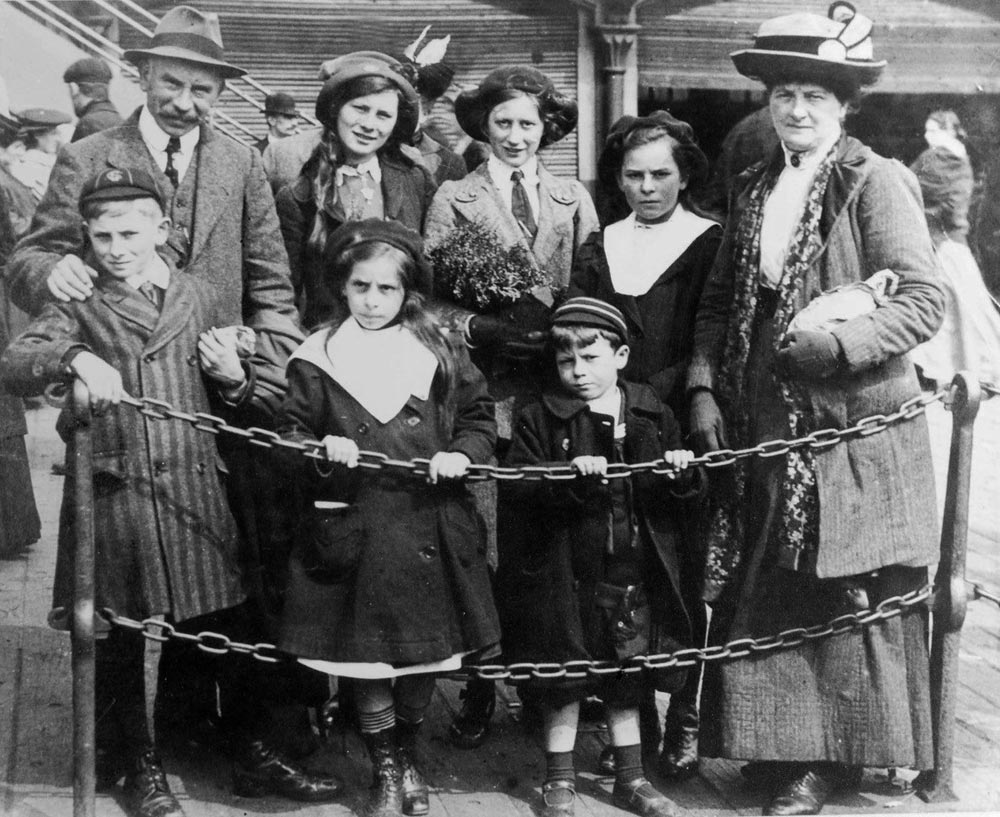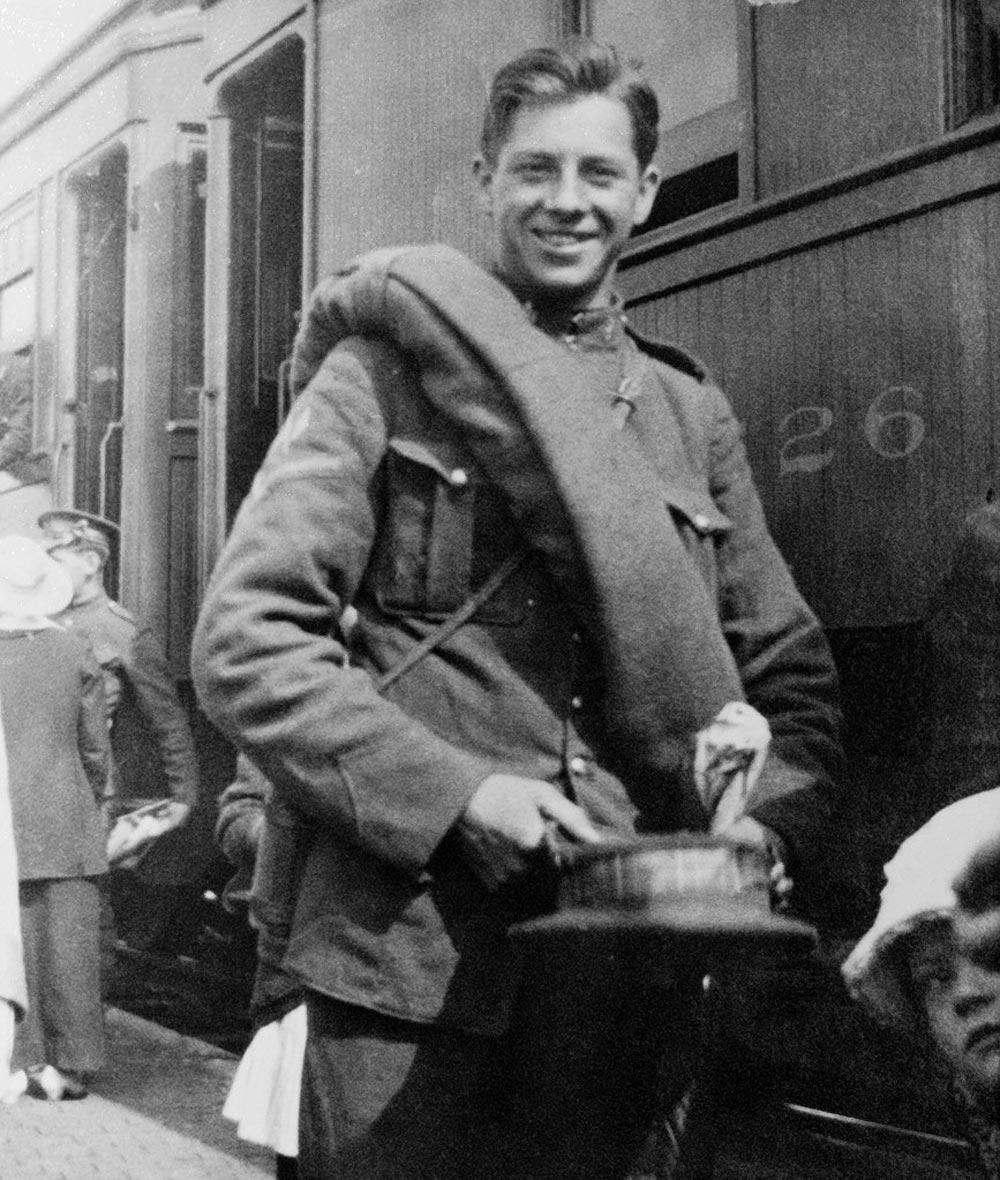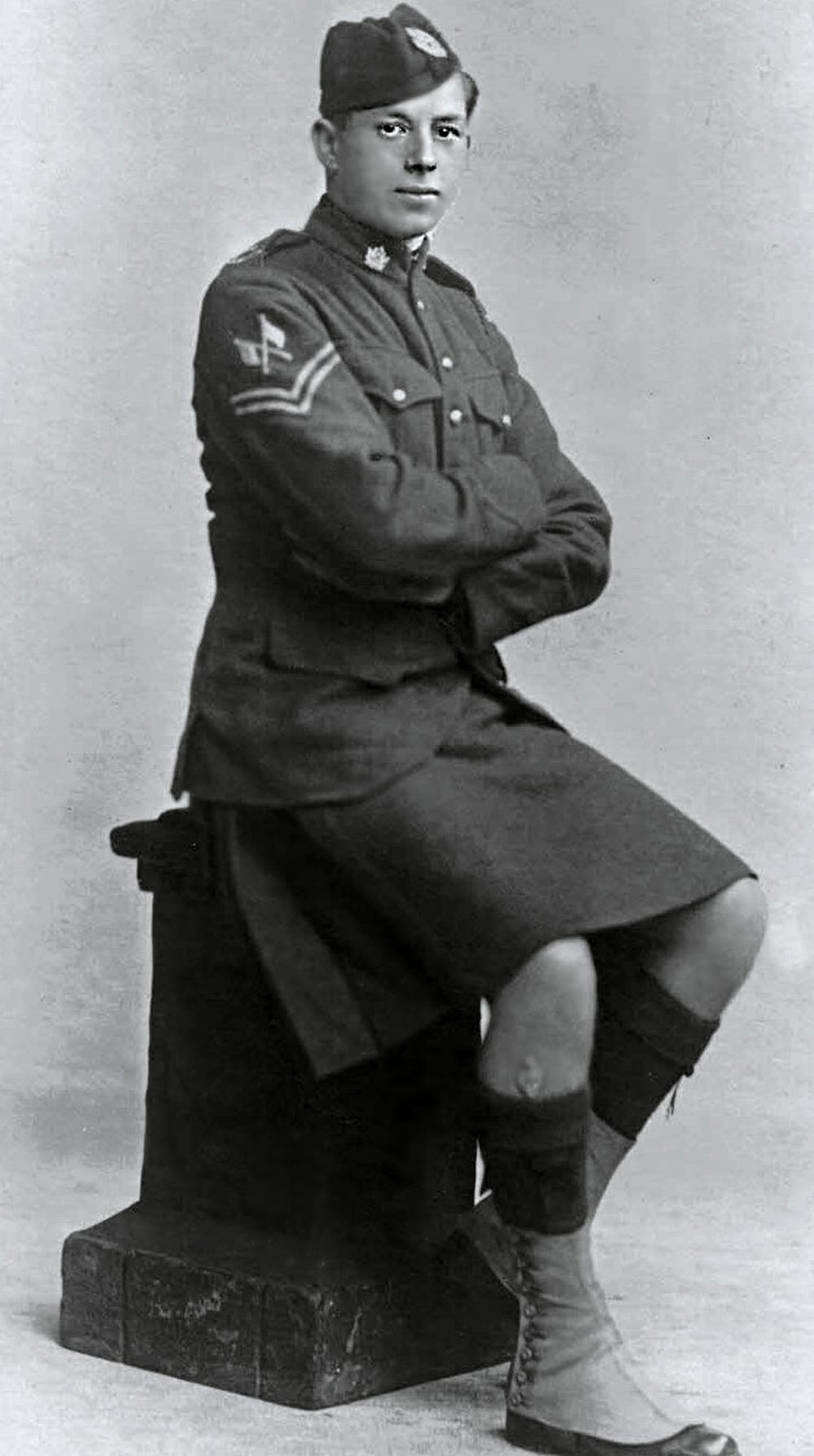
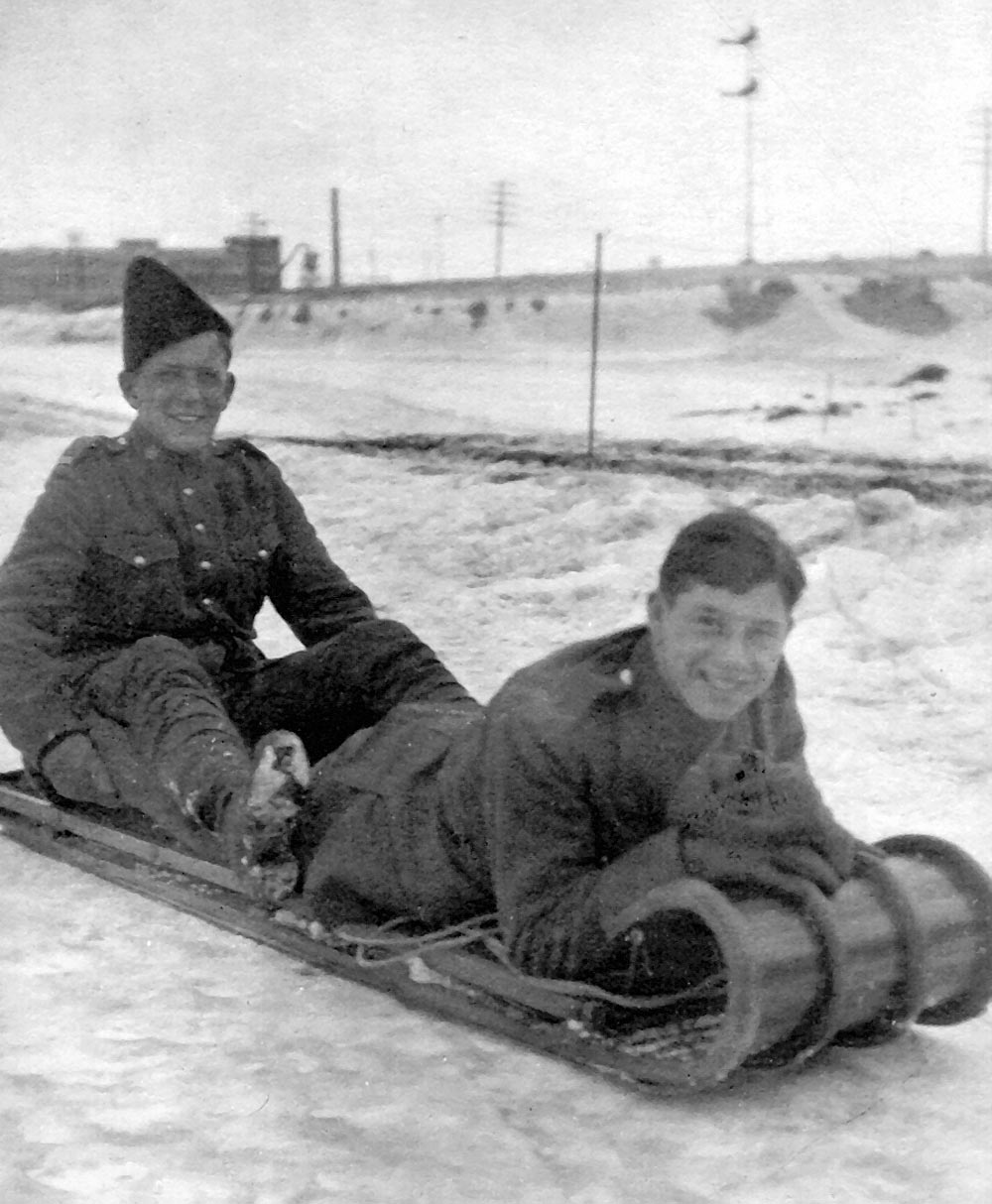
Stag Special
The Department of National Defence (DND) and the Canadian Armed Forces (CAF) have confirmed the identification of a previously unknown First World War grave in Bedford House Cemetery in Ypres, Belgium./
The identity of Cpl Frederick Bousfield was confirmed through historical and archival research.
Frederick Percival “Percy” Bousfield was born on March 8, 1896, in Cotehill, Cumberland, England. He was one of nine children who survived infancy. At the age of 14, he apprenticed with the mercantile service out of Glasgow, and travelled around the world while working on sailing vessels.
His family immigrated to Canada in 1912, arriving in Québec City and eventually settling in Winnipeg. He joined them there shortly after, and enlisted with the 79th Cameron Highlanders of Canada, a militia unit.
He worked inspecting vessels in Quebec City and Halifax, and in Winnipeg as a carpenter. On January 29, 1915, he attested for overseas service and was assigned to the Signals Section of the 43rd Canadian Infantry Battalion, Canadian Expeditionary Force (CEF).
After training in England, he was promoted to the rank of corporal and was sent to France in February 1916.
The 43rd Battalion participated in the Battle of Mount Sorrel, which took place outside the town of Ypres, Belgium, June 2 to 13, 1916. The objective for the Canadians was to defend their position on Mount Sorrel, a piece of high ground in the Ypres Salient which offered a view of the town of Ypres and the surrounding area.
“Corporal Bousfield made the ultimate sacrifice while helping wounded comrades to safety, saving lives and laying down his own in the process,” said Minister of National Defence Anita Anand. “The story of his selfless commitment brings us grief and inspiration over a century later. We must never forget this young man and the others like him who served their country with such courage. To his family, I extend my sympathy and gratitude.”
Cpl Bousfield was killed on June 7, 1916, when he was struck by an enemy shell. According to letters received by his family from members of his battalion, he had been carrying wounded men to safety and was going back for another stretcher when he was hit. Many men said he displayed great courage in the moments before his death. He was just 20 years old.
The CAF has notified the family of Cpl Bousfield’s identification and is providing them with ongoing support. A headstone re-dedication ceremony will take place at the earliest opportunity at the Commonwealth War Graves Commission’s Bedford House Cemetery in Ypres, Belgium.
“Corporal Bousfield’s name was engraved on the Menin Gate Memorial, along with the other soldiers killed in the Ypres Salient in Belgium during the First World War who have no known grave,” said Minister of Veterans Affairs and Associate Minister of National Defence Lawrence MacAulay. “Now, his final resting place is known. His courage and commitment to service before self must never be forgotten. That is the debt we owe him, and all fallen Canadian soldiers and their families.”
Quick Facts
• Frederick Percival Bousfield was the son of Frederick Ladlay Bousfield and Hannah Bousfield (née Lloyd).
• After the war, Cpl Bousfield’s name was engraved on panel 24 of the Ypres (Menin Gate) Memorial. It was erected to honour the soldiers killed in the Ypres Salient in Belgium during the First World War who have no known grave.
• In October 2019, the Directorate of History and Heritage (DHH) received a report from the Commonwealth War Graves Commission (CWGC) detailing the potential identification of Grave 68, Row C, Plot 11 in Enclosure No. 4 of the Bedford House Cemetery in Ypres, Belgium. Three separate independent researchers had raised the possibility this grave was that of Cpl Bousfield. Extensive research was undertaken by both CWGC and DHH to corroborate the possible identification, and in October 2021, the Casualty Identification Review Board confirmed the identification. The board is made up of members and observers from DHH, CWGC, the Canadian Forces Forensic Odontology Response Team, and the Canadian Museum of History.
• The Canadian Armed Forces Casualty Identification Program, within DHH, identifies unknown Canadian service members when their remains are recovered. The program also identifies service members previously buried as unknown soldiers when there is sufficient evidence to confirm identification.
• The Commonwealth War Graves Commission commemorates the 1.7-million Commonwealth servicemen and women who died during the two world wars. Using an extensive archive, the Commission works with their partners to recover, investigate, and identify those with no known grave in order to give them the dignity of burial and the commemoration they deserve.
In October 2019, a research report was received suggesting that an unknown Canadian soldier buried in Bedford House Cemetery in Ypres, Belgium, could be identified.
In October 2021, the CAF confirmed that the gravesite in question is that of Cpl Frederick Percival Bousfield.
Cpl Bousfield enlisted with the 79th Cameron Highlanders of Canada. He worked in Québec and Halifax inspecting vessels for a year before returning to Winnipeg for the winter and working as a carpenter. On Jan. 29, 1915, he re-enlisted and was assigned to the Signals Section of the 43rd Canadian Infantry Battalion (Cameron Highlanders of Canada), CEF. After arriving in England on June 10, 1915, he trained and was promoted to the rank of corporal on July 14, 1915 before being sent to France on Feb. 21, 1916.
The 43rd Battalion was authorized on Nov. 7, 1914 and embarked for Great-Britain on June 1, 1915. The Battalion arrived in France in February 1916 and participated in many major battles throughout the First World War as part of the 9th Infantry Brigade of the 3rd Canadian Division. The Battalion was disbanded on Aug. 30, 1920.
The first battle the 43rd Battalion participated in was the Battle of Mount Sorrel from June 2 to 13, 1916. The objective for the Canadians was to defend their position on Mount Sorrel, a piece of high ground in the Ypres Salient which offered a view of the town of Ypres and the surrounding area.
On June 2, 1916, the German Army launched an attack leading to intense shelling of the 3rd Canadian Division’s positions east of the city. The Canadians took heavy casualties while defending their positions and were pushed back nearly 1,000 metres by the German forces. The following day the Canadians launched a counter-attack to try to recover the lost ground, but were repelled by the Germans.
From June 2 to 7, 1916, the 43rd Battalion was near the village of Zillebeke, south-east of Ypres, where they occupied a line of trenches from Maple Copse to Sanctuary Wood. While defending these trenches, the Battalion suffered heavy casualties as the village was being continuously bombarded by German shelling.
On June 8 the battalion was relieved from the lines only to return to the front two days later. They held their positions until they were relieved again the next day. Meanwhile, the German forces had strengthened their positions along the newly-won high ground, adding more machine guns, barbed wire, and mines to the area.
The Canadians planned a counter-attack to retake Mount Sorrel, launching it on June 13, 1916. This new attack was led by the 1st Canadian Division and the 43rd Battalion did not participate. While the Canadians were able to retake the lost high ground, the battle cost a total of more than 8,000 casualties.
Cpl Bousfield was a member of the Signals Section of the 43rd Battalion during the Battle at Mount Sorrel. According to letters received by his family from various members of his battalion, on June 7, 1916, Cpl Bousfield was killed when he was struck by an enemy shell. He had been carrying in wounded comrades and had just gone back to grab another stretcher to continue the work when he was hit.
Many men said he displayed great courage in the moments before his death and he was lovingly buried next to other fallen men from his Battalion in the village of Zillebeke.
On Feb. 28, 1917, the family received a burial report outlining Cpl Bousfield’s grave was registered, was located in a garden behind a cottage near the church in Zillebeke, and was marked with a wooden cross. However, by July 13, 1927, the family was informed by the Commonwealth War Graves Commission — then the Imperial War Graves Commission — all graves found in the area had been concentrated to cemeteries, but Cpl Bousfield’s grave had not been identified. It is unknown how his grave was lost though it was not uncommon for wooden crosses to be damaged, removed or destroyed.
After the war, Cpl Bousfield’s name was engraved on panel 28 of the Ypres (Menin Gate) Memorial. The Ypres Memorial was erected to honour the soldiers killed in the Ypres Salient in Belgium during the First World War who have no known grave. It commemorates casualties from around the world including Canada, Australia, India, South Africa, and the United Kingdom.
On Sept. 14, 1923, a headstone at Bedford House Cemetery was registered as “A Corporal of the Great War – Canadian Scottish – Known Unto God.” The grave, among others, had been concentrated in February of that year from the village of Zillebeke.
The occupant of the grave was not identified, and they did not know his date of death though the other graves on the same registration form were all identified casualties from the Battle of Mount Sorrel.
In October 2019, the Directorate of History and Heritage (DHH) received a report from the Commonwealth War Graves Commission detailing the potential identification of Grave 68, Row C, Plot 11 in Enclosure No. 4 of the Bedford House Cemetery in Ypres, Belgium. The Commonwealth War Graves Commission had received reports from independent researchers raising the possibility this grave was that of Cpl Frederick Percival Bousfield.
Extensive research undertaken by both the Commonwealth War Graves Commission and the DHH concluded that this grave could only be that of Cpl Bousfield. No other candidate matched the details of the partial identification. Historical research was conducted using numerous archival sources, including War Diaries, Service Records, Casualty Registers, and Grave Exhumation and Concentration Reports.
In June 2021, the Casualty Identification Program’s Review Board confirmed the identification of Corporal Frederick Percival Bousfield of the 43rd Canadian Infantry Battalion (The Cameron Highlanders of Canada), CEF. The Casualty Identification Program’s Review Board is made up of members from the DHH, the Commonwealth War Graves Commission, the Canadian Forces Forensic Odontology Response Team, and the Canadian Museum of History.
A headstone re-dedication ceremony will take place at the earliest opportunity in Belgium at Enclosure No. 4 of the Bedford House Cemetery, Ypres, managed by the Commonwealth War Graves Commission.
